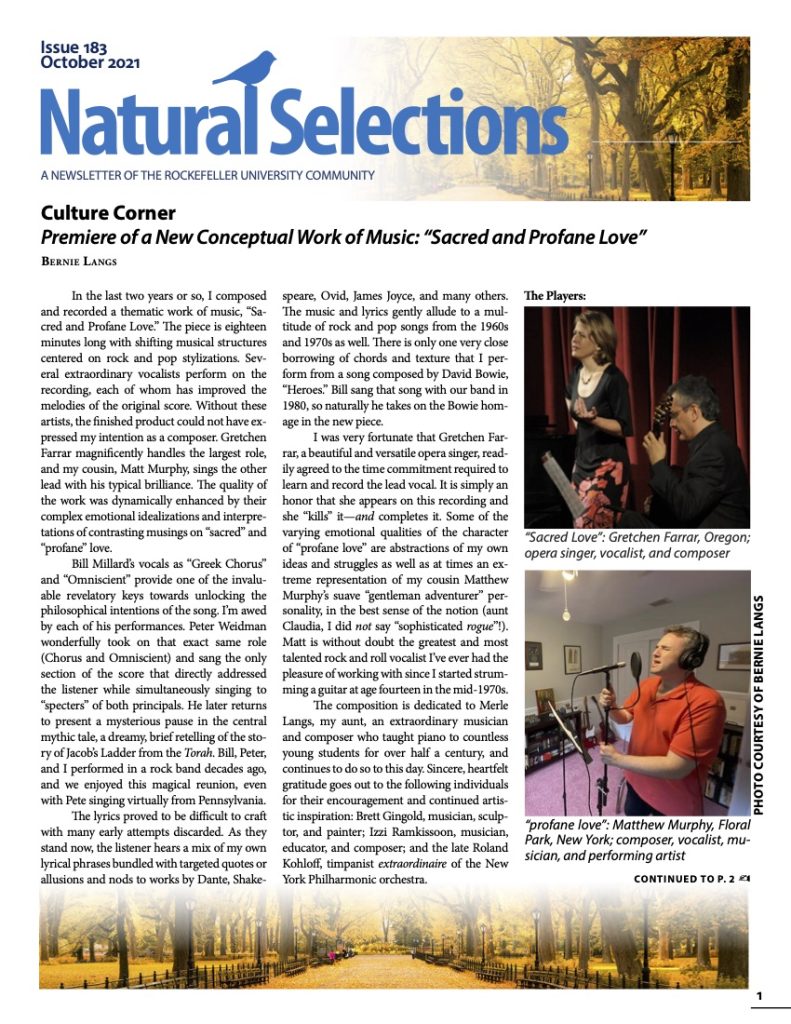by Carly Gelfond
For a food writer, fall can be a time of complicated emotions. Among the general population, fall is full of seasonal whimsy, all crunchy and leafy underfoot, smoke-scented, vested, and mittened. And to be sure, it is those things for food writers, too. Like normal people, we are susceptible to the irrepressible giddiness that comes with a season of apple-picking, pumpkin-carving, and nut-cracking. And of course it goes without saying that we are all over those apple pies and roasted pumpkin seeds and nuts that are the happy corollary to these activities.
But fall for a food writer also has its distinct challenges. How to add something new to a cache of perfect—and even not so perfect—pumpkin bread recipes? How to innovate the formula for tried and true cranberry scones? Or roasted root vegetables? Is it really possible to reinvent the humble apple pie? It is, and twenty food bloggers have already done it.
At this point in the conversation, one food writer feels the impulse to throw her hands up, head for the door, pitch herself into the nearest pile of leaves, and hibernate until spring.
Leaf piles being scarce in New York City, however, there is nothing to do but stop the hand wringing, get to work, and make something delicious happen.
Here I should pause and acknowledge something: I don’t presume that every food writer is like this. I do believe there are lots of perfectly sane food writers out there who do not get their panties in a knot about fall. Those writers are also probably not the ones who, as children, eschewed the Halloween witch costumes to dress instead as parkway exits, or brought their pet ferrets to class for show-and-tell, or showed up to a high school semiformal in colorful tights with pictures of fruit on them.
If you think I’m implying that I did all of those things in a youthful attempt to be innovative and unique, well, I won’t correct you. My point, though, is that not every food writer suffers from the debilitating combination of being creative and also an overachiever.
Which reminds me! We are supposed to be talking about food and cooking, and I realize that I seem to be subtly implying that a recipe that is at once the very essence of fall and also somehow new and thrilling is about to be provided. Well, it is. Sort of.
So let’s talk about squash.
Squash?
Squash.
But not just any old squash. Spaghetti squash. People, this squash is totally wacky (as wacky as fruit tights, you ask? Well, no, not quite.) Wacky because it is cut in half, roasted, and then scraped with a fork so that it is transformed magically into yellow noodley strands that tumble easily into a bowl with abandon. While recipes calling for pumpkin and butternut and acorn squashes are absolutely everywhere, spaghetti squash is deserving of far more love than it gets, the little-known underdog of squashes. It is buttery and textured with just a hint of sweetness. I have tweaked it so many times—adding caramelized onions and garlic and scallions and cheese—but find that, truly, it resists reinvention. It pushes back against my tinkering. It is just perfect in its simplest form.
Simplest Spaghetti Squash
Ingredients:
1 3½- to 4-pound spaghetti squash (a pale yellow, oblong winter squash)
Olive oil, for brushing squash
3 tablespoons butter, cut into pieces
salt and pepper, to taste
Roast squash: Preheat oven to 400 degrees. In an incredibly, super-duper, excessively careful way, use a sharp knife to cut the squash in half lengthwise. (I like to consider myself a strong, though little, person, and getting the knife through the squash was very difficult for me.) Scoop out the seeds and discard. Brush or drizzle the interior of the squash with olive oil and place both sides face down on a foil-lined baking sheet. Roast for about 40 minutes. The underside will be just starting to caramelize when lifted up.
Remove squash from the oven and let cool slightly. Working over a bowl, scrape squash flesh away from the skin with a fork. Toss with the butter, salt, and pepper.
Some optional additions can include dried cranberries and almonds, or minced fresh herbs.
November 2012

